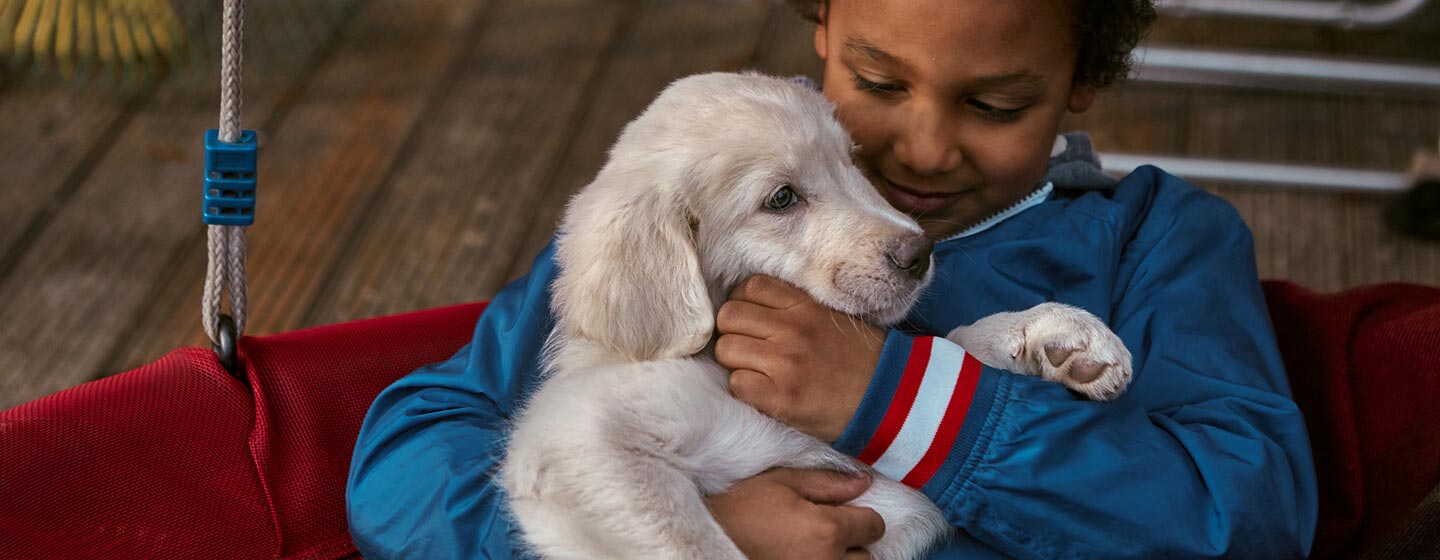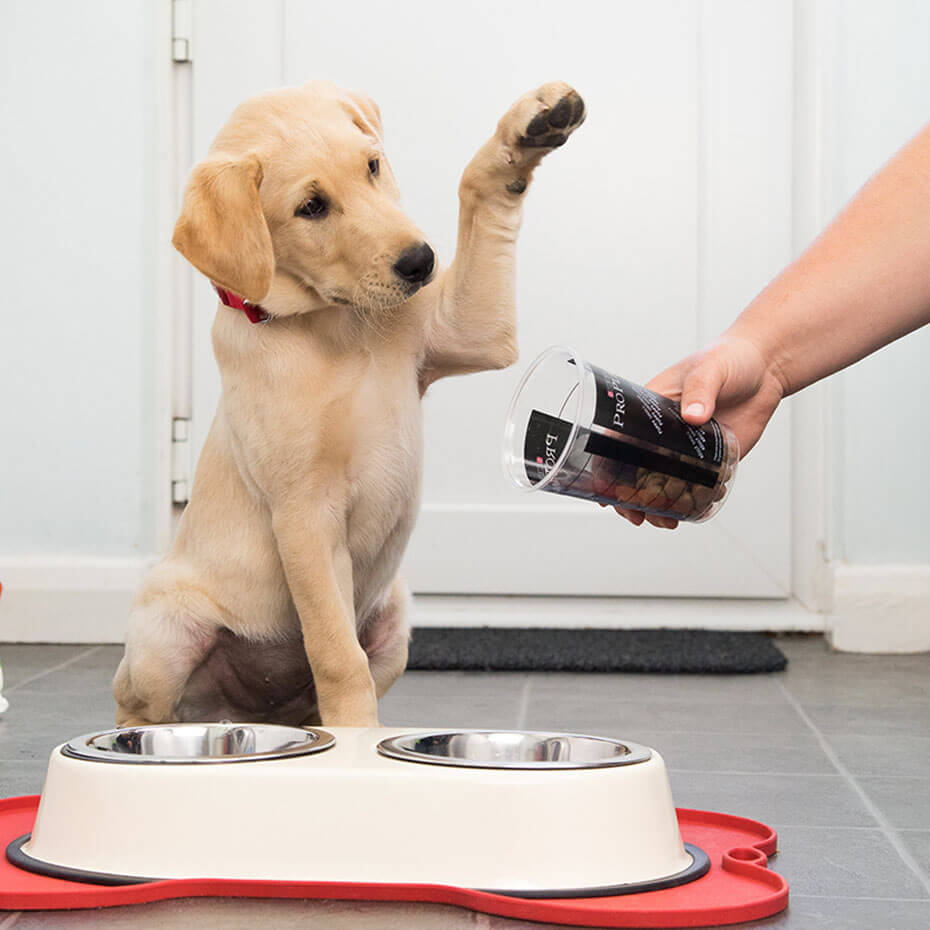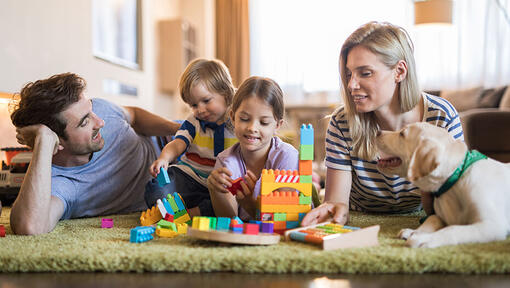
Puppies and children can have a loving relationship when introductions are done right. Find out how to get them acquainted with child safety in mind. We want them to get on, but it can be tricky. At Purina, we’ve come up with tips on how to introduce a dog to a baby or child and the first steps to create a loving friendship.
First, you’ll need to educate a young child on how to approach dogs with care. Children make sudden movements and high-pitched noises that can intimidate or frighten a dog. They will often treat puppies like cuddly, soft toys. If they’re not taught from the start to be gentle, they’ll probably chase and squeeze them.
First, you’ll need to educate a young child on how to approach dogs with care. Children make sudden movements and high-pitched noises that can intimidate or frighten a dog. They will often treat puppies like cuddly, soft toys. If they’re not taught from the start to be gentle, they’ll probably chase and squeeze them.
Young children also don’t know when a puppy is scared or uncomfortable. They cannot identify dogs’ body language and can’t tell when they’re being aggressive. Tell your child never to poke, squeeze or pull at your dog and only use quiet voices when around them. They shouldn’t wake a sleeping pup as they may snap. For more information on educating your child on dog ownership, visit the Behavior and Training section of the Purina site, for a complete guide on training dogs in the best way we know how.
Preparation
Tell your young children about basic house rules before your new puppy or dog arrives to help them understand what’s expected of them.
- Use quiet voices only around the dog.
- Gently stroke the dog, only when s/he approaches so that the child begins to respect the dog’s boundaries.
- When the dog is asleep, its time do other favorite activities. Have a safe space for your dog to retreat and rest. Telling your children, it’s a “no-go area” makes it even more enticing, so give them fun alternatives.
Steps to introduce puppies and children
Initially you’ll spend time with your dog at the breeder’s home or the rescue centre. Make sure your child isn’t carrying a favourite toy or eating anything during this meeting. If possible, have two adults present, so that one can focus on the dog and one on the child. If you have many children, make the meeting less overwhelming for everyone, especially the dog, if the introductions are phased with one or two children at a time.
The best way to introduce puppies and kids are as follows:
- Get your child to calmly approach from the side, allowing your puppy to come the rest of the way. Enable your dog to meet them on their own terms.
- Once the puppy is close enough, tell your child to offer a closed fist for your dog to sniff eliminating the possibility of nipped fingers.
- When your dog is comfortable, ask your child to gently stroke their head and neck, avoiding sensitive areas like the ears, tail, feet and stomach.
It’s a good idea to introduce dogs and children outdoors, so your pup doesn’t feel trapped. If introducing at home, choose a large room with a relaxed atmosphere with plenty of space for your dog to run away if they want to. Don’t give treats or toys during the first meeting either, your dog may get excited and snatch, which may frighten your child.
Benefits of looking after a dog
Dog ownership can teach your children many valuable life lessons:
- Looking after a puppy helps children learn responsibility
- Caring for dogs develops empathy
- Having a puppy provides plenty opportunities for exercise and fun
The golden rule
Never leave a dog and a child alone together. You might not know it but your dog might be in pain and have a lower tolerance to the noises they’re accustomed to. Or your child could accidentally fall onto the dog and frighten them. For child safety and dog safety as well, their relationship needs to develop under supervision.





